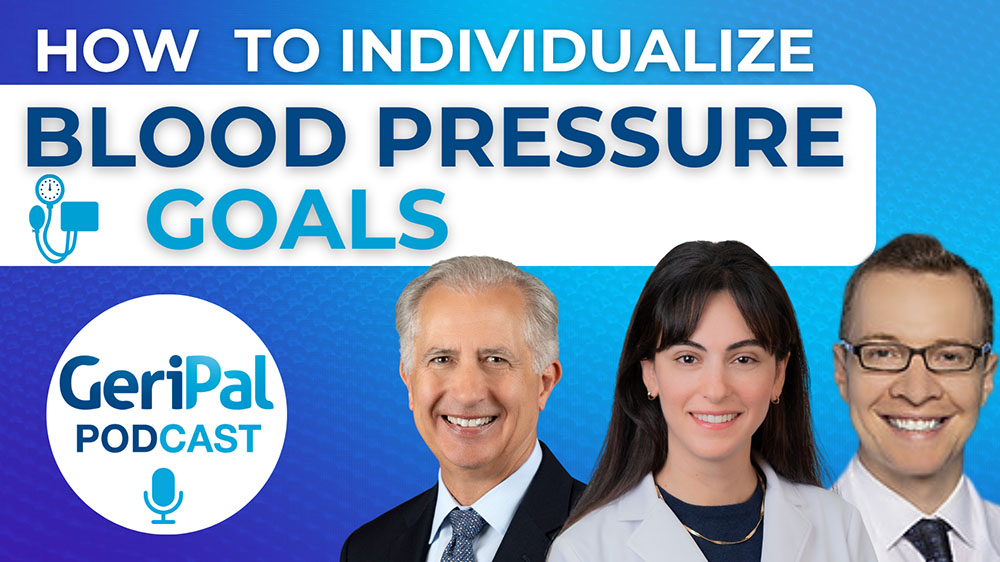NEJM published a paper last week looking at CPR outcomes in the elderly. The main question of the paper addresses whether the rate of survival after in-hospital cardiopulmonary resuscitation (CPR) has improved from 1992 through 2005, and whether there are any patient characteristics that predict survival. The basic results showed that 18% of Medicare beneficiaries who underwent CPR in U.S. hospitals survived to discharge. There was also no increase in the rate of survival from 1992 through 2005, and predictors of poor prognosis included male gender, age, race, multiple coexisting illnesses, or patients admitted from skilled-nursing facilities.
In addition to its primary aim in addressing the temporal trends in survival, this paper adds to the literature out there on the short term outcomes of CPR. This outcome data is vital to have when discussing the role of CPR with patients. This paper though does not attempt to answer all the questions that arise when having these discussions with patients. Complete reliance on mortality/survivability data is not how many people decide on their preference and should not be the sole component in patient education. Preferences are heavily influenced by what the expected quality of life and functional status would be, as well as the social and financial impact that their preferences would have on themselves and their loved ones.
Survival to discharge seems like a very clean outcome for researchers, but medical decision making can not be reduced to one variable (if it could family meetings would not be as hard as they often are). How about instead of focusing on mortality data we focus on other outcome data like cognitive impairment, functional status (ADLs/iADLs), or even 3/6/12 month mortality outcomes???



